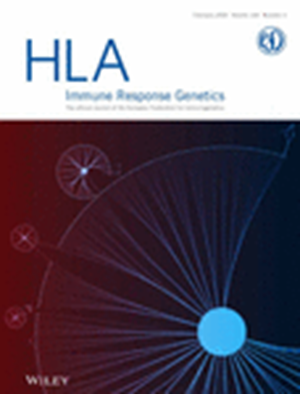The exposure of cancer neoantigens to the patient's immune system by the HLA system sustains immune surveillance and shapes tumour clonal evolution. In acute myeloid leukaemia (AML), the mutation of Nucleophosmin 1 (NPM1) at exon 12 represents a driver mutation, raising a set of highly immunogenic peptides. Whereas the phenomenon of HLA loss is a mechanism of immune escape broadly described in allogeneic haematopoietic stem cell transplantation, less is known about this phenomenon at leukaemia diagnosis. In this study, we present a case of a 47-year-old patient with de novo NPM1-positive AML characterised by HLA loss at diagnosis due to copy neutral number loss of heterozygosity in leukaemic blasts. In silico analyses showed a high affinity of all the lost HLA allotypes for the mutated NPM1-derived tumour neopeptides, suggesting that the selective HLA loss was a relevant mechanism for blast escape from autologous T lymphocyte immunosurveillance. The HLA loss did not lead to any predicted missing ligand for educated natural killer (NK) cells expressing inhibitory killer immunoglobulin-like receptors (KIRs) for self-HLA allotypes, thus not affecting NK-mediated immunosurveillance. The present case represents a model of a ‘perfect crime’ by immunological escape of leukaemic blasts and supports mutated NPM1-derived neopeptides as an attractive target for AML immunotherapy.


